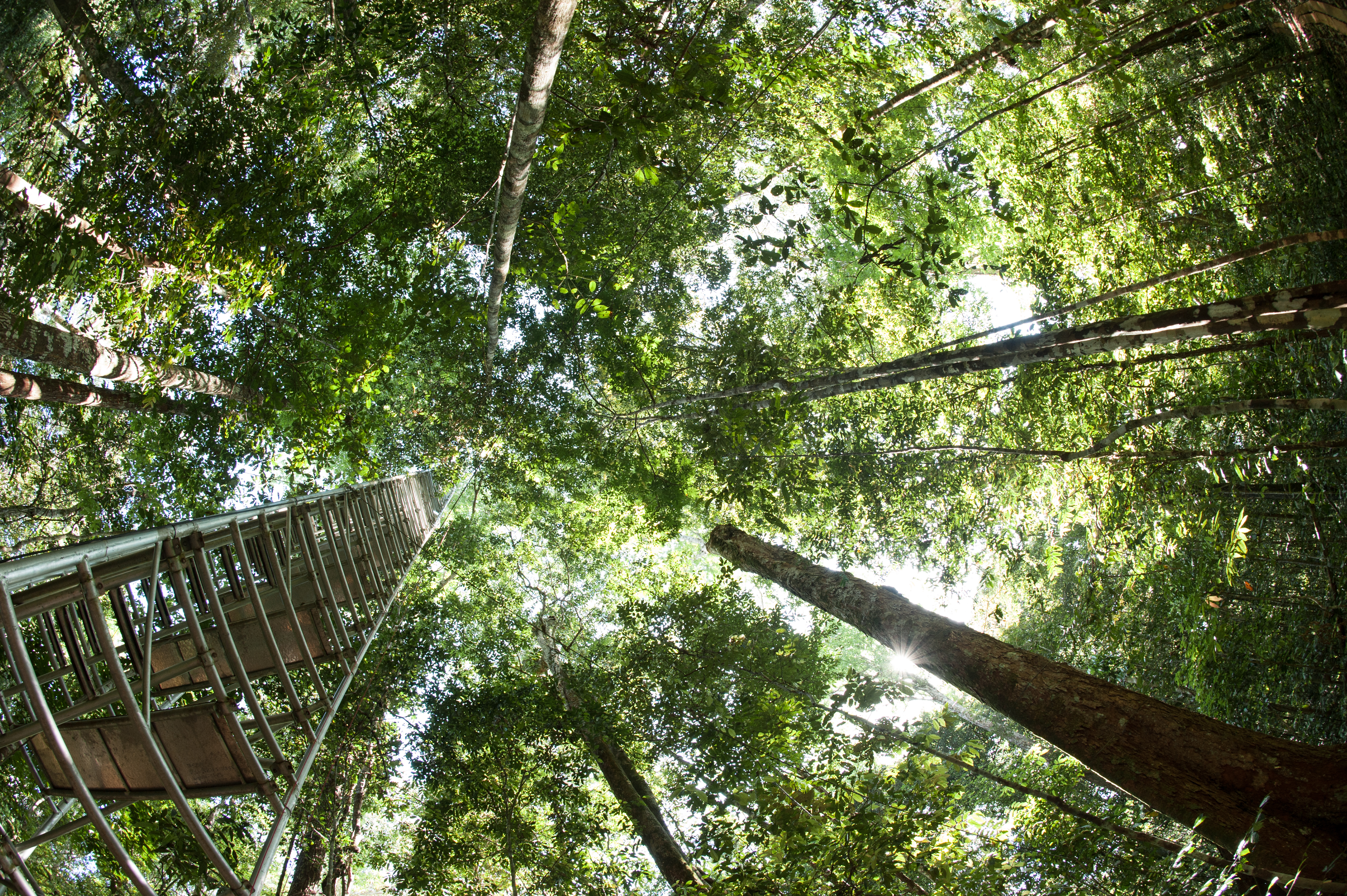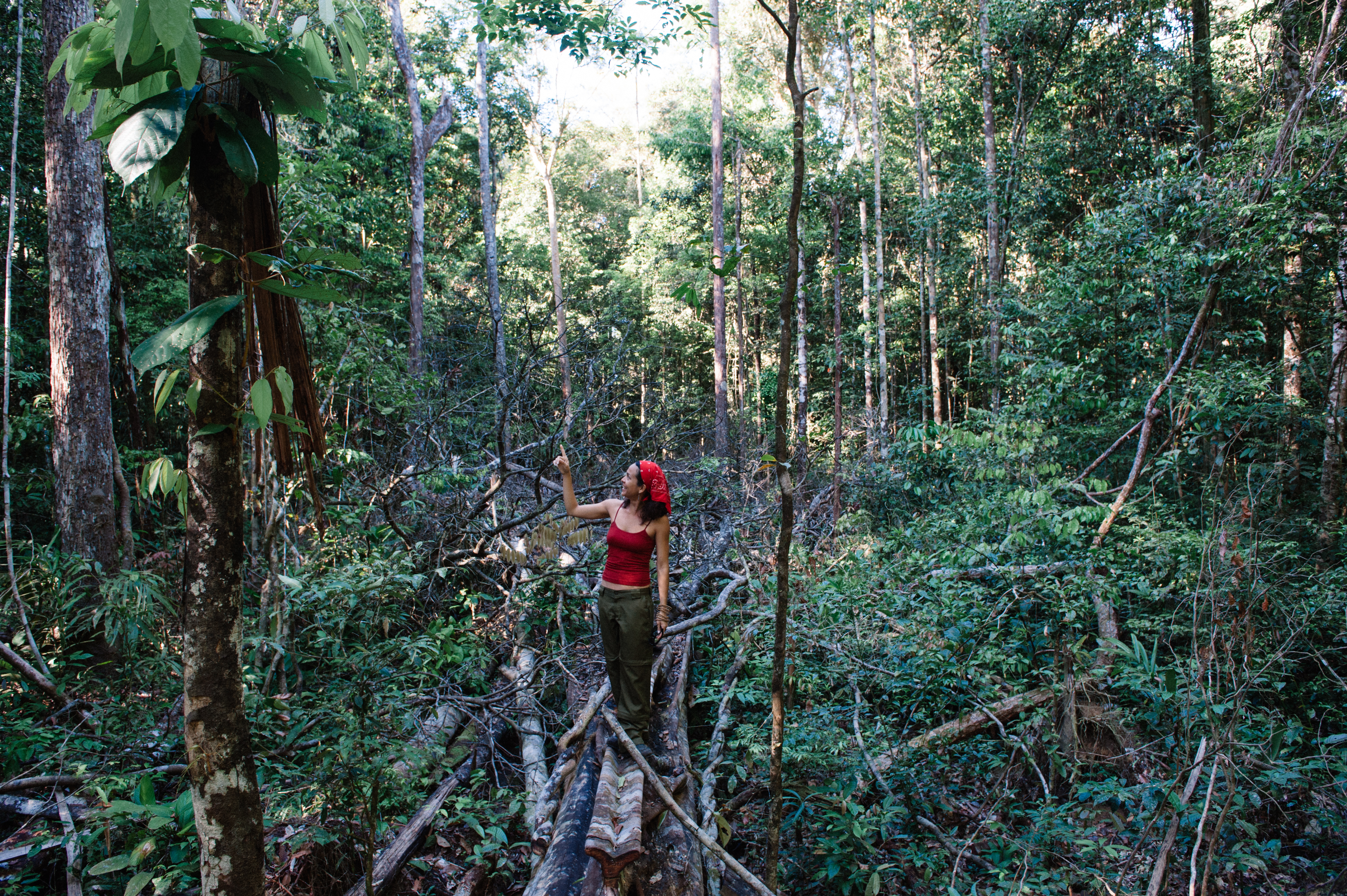Recent study reveals what makes some Amazon forests more resilient to climate change
‘Amazon forest biogeography predicts resilience and vulnerability to drought’, was published June 18, 2024 in the journal Nature.

Research published today in the journal Nature that asks how drought conditions linked to climate change impact growth in different areas of Amazon forests has produced surprising results.
This study is a major product of a 1.3 million dollar international multi-institution National Science Foundation grant led by Michigan State University Department of Forestry assistant professor Scott C Stark (1 million to MSU) initially received in 2020.
Most research on how drought impacts the Amazon had focused on upland "terra firme" regions of forest, which have deep water tables and regularly experience droughts. But, up until that point, researchers had not had a chance to study what Stark and colleagues in Brazil and the US labeled, “the other side of drought.” Approximately one-half of Amazon forests have shallow water tables—effectively too much water in the soil for ideal tree growth conditions.
Studies had been conducted on the impact of drought in upland areas, but how drought will affect the waterlogged areas was unknown. Stark, and the research team thought that in these waterlogged areas reductions in rainfall linked to climate change, which are increasingly causing widespread droughts in Amazonia, may not be so detrimental. In fact, they could sometimes reduce the overabundance of water in the soil enhancing tree growth.

In partnership with this new study, led by the project team at The University of Arizona, this research has continued to yield surprising results. The lead author Shuli Chen, a doctoral degree candidate working with Professor Scott Saleska at the University of Arizona, addressed the ‘other side of drought’ hypothesis by studying satellite images of the Amazon that capture both regular rainfall years and three major wide-spread Amazon droughts.
Using this approach, when tree growth is harmed by drought the forest canopy becomes more brown in satellite images. On the other hand, when the canopy gets more green that means that tree growth is increasing. Chen and coauthors found that drought was causing this ‘green-up’ in these waterlogged soils, confirming the ‘other side of drought’ hypothesis. But surprises were in store. Waterlogged soils combined with soils that were low in the nutrients needed for tree growth were the most resilient to droughts, showing the biggest ‘green-ups’ when air temperature and sunlight conditions were also favorable to growth. And, even some upland forests were resilient to droughts but only if they were low in nutrients and had particularly tall trees, which might allow the forest to access water stored deep in the soil more effectively. Low nutrient forests may have more conservative resource use strategies that allow them to continue growing when moisture is more scarce in the soil.

These findings transform our understanding of what regions in the Amazon are more susceptible or more resilient to the negative impacts of climate change and show how important the impacts of the long-term soil conditions are for forest climate responses. This new data can help make conservation decisions and spur new research needed to understand and protect the Amazon forest in the future and preserve its critical role in cooling the Earth’s climate.



 Print
Print Email
Email

